Related Research Articles

The Tatars, formerly also spelt Tartars, is an umbrella term for different Turkic ethnic groups bearing the name "Tatar" across Eastern Europe and Asia. Initially, the ethnonym Tatar possibly referred to the Tatar confederation. That confederation was eventually incorporated into the Mongol Empire when Genghis Khan unified the various steppe tribes. Historically, the term Tatars was applied to anyone originating from the vast Northern and Central Asian landmass then known as Tartary, a term which was also conflated with the Mongol Empire itself. More recently, however, the term has come to refer more narrowly to related ethnic groups who refer to themselves as Tatars or who speak languages that are commonly referred to as Tatar.

The Khanate of Kazan was a medieval Tatar Turkic state that occupied the territory of the former Volga Bulgaria between 1438 and 1552. The khanate covered contemporary Tatarstan, Mari El, Chuvashia, Mordovia, and parts of Udmurtia and Bashkortostan; its capital was the city of Kazan. It was one of the successor states of the Golden Horde, and it came to an end when it was conquered by the Tsardom of Russia.

Fath-Ali Shah Qajar was the second Shah (king) of Qajar Iran. He reigned from 17 June 1797 until his death on 24 October 1834. His reign saw the irrevocable ceding of Iran's northern territories in the Caucasus, comprising what is nowadays Georgia, Dagestan, Azerbaijan, and Armenia, to the Russian Empire following the Russo-Persian Wars of 1804–1813 and 1826–1828 and the resulting treaties of Gulistan and Turkmenchay. Historian Joseph M. Upton says that he "is famous among Iranians for three things: his exceptionally long beard, his wasp-like waist, and his progeny."

Söyembikä was a Tatar ruler, xanbikä. She served as regent of Kazan during the minority of her son from 1549 until 1551.

Yadegar Mokhammad was the last khan of the Kazan Khanate, occupying the position from March to October 1552. He was the son of Astrakhan khan Qasim II. Between 1542 and 1550 he was in the service of the Tsardom of Russia. In 1550, he participated in the attack on Kazan and then joined the Nogais. After the Kazan Khanate was nearly brought to defeat by Ivan the Terrible's forces in 1550, in 1551 the "peace party" in Kazan enthroned the pro-Russian khan Shah Ali. In 1552 the anti-Russian "patriotic party" regained power. Shah Ali fled and Yadegar was invited by Qol Sharif and Chapqin bek Otich uli to the throne of the Kazan Khanate. Subsequently, he led the war against the Russian invasion. He was captured in October 1552 when Russian troops took Kazan. In 1553 he converted to Christianity, assumed the name of Simeon Kasayevich and lived in Moscow as a Russian nobleman. He was one of the last great descendants of Jochi Khan, the eldest son of the Genghis Khan.

Kasimov is a town in Ryazan Oblast, Russia, located on the left bank of the Oka River. Population: 33,491 (2010 Russian census); 35,816 (2002 Census); 37,521 (1989 Soviet census); 17,000 (1910).
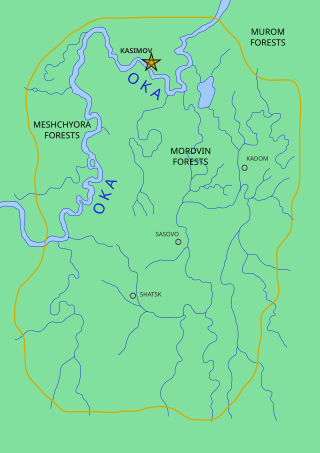
The Qasim Khanate was a Tatar-ruled khanate, a vassal of Russia, which existed from 1452 until 1681 in the territory of modern Ryazan Oblast in Russia with its capital at Kasimov, in the middle course of the Oka River. It was established in the lands which Grand Prince Vasily II of Moscow presented in 1452 to the Kazan prince Qasim Khan, son of the first Kazan khan Olug Moxammat.
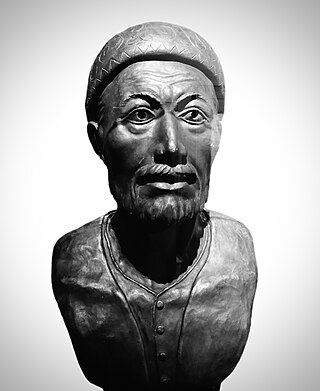
Möxämmät-Ämin xan (Möxämmät Ämin, Möxämmädämin, Russian: Мухаммед-Амин, Muhammed-Amin / Emin, Magmed-Amin, Магмед-Аминь, etc. was three times a pro-Russian khan of Kazan. During his first reign, he actively supported the policies of the Grand Duke of Moscow and proved himself to be "a true friend of Russia". He was also known as a poet; excerpts from his works have survived to this day. After ascending the throne for the second time, he changed his political views, emphasizing the independence of the khans. Muhammed-Amin "enjoyed the love and respect of the people"; Kazan flourished under him. Muhammed-Amin’s remains discovered in Soviet era were buried in the Kazan Kremlin in 2016.

The Karabakh Khanate was a khanate under Iranian and later Russian suzerainty, which controlled the historical region of Karabakh, now divided between modern-day Armenia and Azerbaijan. In terms of structure, the Karabakh Khanate was a miniature version of Iranian kingship. The administrative and literary language in Karabakh until the end of the 19th century was Persian, with Arabic being used only for religious studies, despite the fact that most of the Muslims in the region spoke a Turkic dialect.

Mäxmüd Khan ; in Russian chronicles Махмутек (Makhmutek); died 1466) was the Khan of the Khanate of Kazan from 1445 to 1466.

The Shaki Khanate was a khanate under Iranian and later Russian suzerainty, which controlled the town of Shaki and its surroundings, now located in present-day Azerbaijan.

The Tokhtamysh–Timur war was fought from 1386 to 1395 between Tokhtamysh, khan of the Golden Horde, and the warlord and conqueror Timur, founder of the Timurid Empire, in the areas of the Caucasus Mountains, Turkestan and Eastern Europe. The battle between Amir Timur and Tokhtamysh played a key role in the decline of Mongol power over early Russian principalities.
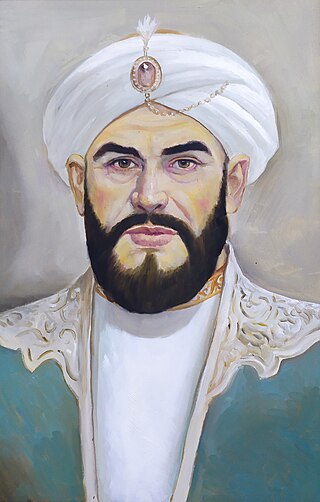
Abu al-Ghazi Bahadur was Khan of Khiva from 1643 to 1663. He spent ten years in Persia before becoming khan, and was very well educated, writing two historical works in the Khiva dialect of the Chagatai language. He was a descendant of Genghis Khan via Arab Shah.
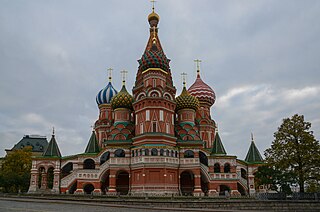
The Russo-Kazan Wars was a series of wars fought between the Grand Principality of Moscow and the Khanate of Kazan from 1437, until Kazan was finally conquered by the Tsardom of Russia under Ivan the Terrible in 1552.
Sayed Borhan Khan was a khan of Qasim Khanate from 1627 to 1679. He was a son of Arslanghali and Fatima Soltan. After the death of his father he was crowned as a khan of Qasim. Sayed Borhan's regents were Fatima Soltan and her father Agha Muhammad Shah Quli Sayyid. During his reign the Khanate was totally placed under Moscow control, Russian authorities enforced Christianization. In 1679 Sayed Borhan abdicated and was baptized as Vasili.
Ibrahim Khalil Khan Javanshir was the second khan of the Karabakh Khanate from the Javanshir family. He was the son and successor of Panah-Ali khan Javanshir.
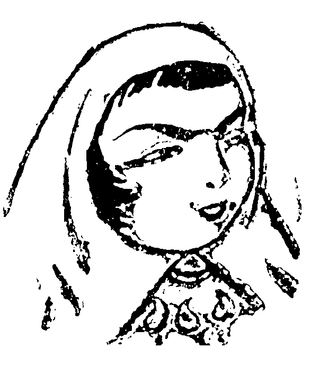
Agha Baji Javanshir was an Iranian poet and public speaker, who was the twelfth wife of Fath-Ali Shah Qajar, the Qajar shah (king) of Iran. She was the daughter of Ibrahim Khalil Khan, the governor of the Karabakh Khanate.
Mirza Muhammad Khan II (1770–1836) – was third Khan of Baku.
Agha Kishi Beg was the khan of the Shaki Khanate from 1755 to 1759.
References
- "Fatima Soltan/Фатима Солтан". Tatar Encyclopaedia (in Tatar). Kazan: The Republic of Tatarstan Academy of Sciences. Institution of the Tatar Encyclopaedia. 2002.